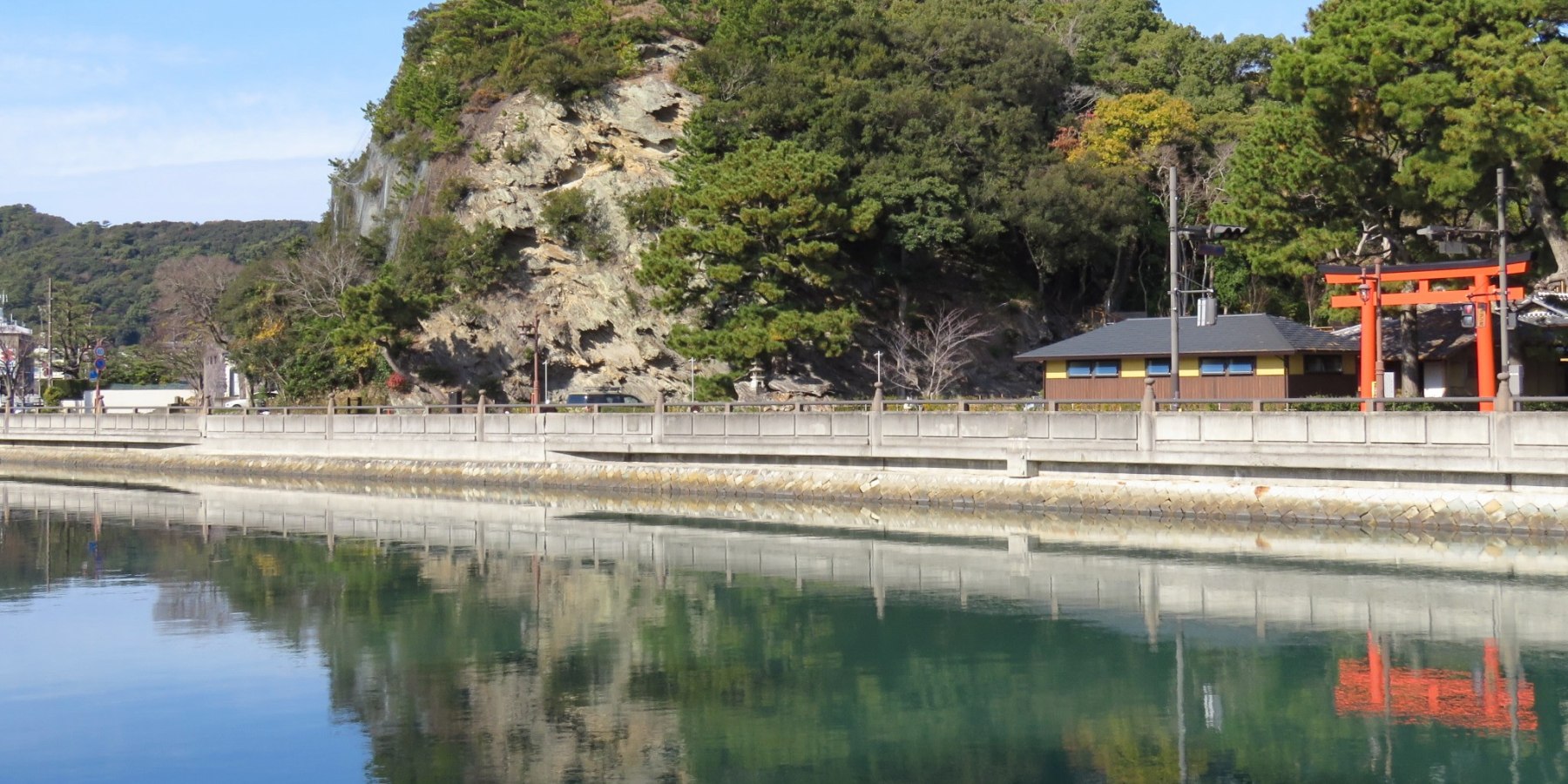
As of 2024, Japan boasts 26 UNESCO World Heritage Sites, drawing visitors from around the world. Among them, the "Sacred Sites and Pilgrimage Routes in the Kii Mountain Range" in Wakayama Prefecture stand out. This includes Mount Koya, the Kumano Kodo pilgrimage routes, and the Three Grand Shrines of Kumano—sites that exude an ancient, solemn atmosphere that must be experienced in person.
However, Wakayama’s rich heritage extends beyond these well-known sites. The Agency for Cultural Affairs has designated certain places under "Japan Heritage", recognizing their deep historical and cultural significance.
What is Japan Heritage?
Japan Heritage showcases the real Japan—a collection of unique cultural and historical traditions shaped over centuries by nature, climate, and people. These sites range from world-famous landmarks to hidden gems far from the beaten track, offering deeper insight into Japan’s soul.
Currently, 104 sites hold Japan Heritage status, with 7 of them located in Wakayama:
1. Waka-no-ura: A Treasury of Spectacular Views
Renowned since the Manyō period, Waka-no-ura is a sacred site of waka poetry, celebrated for its breathtaking scenery. This coastal landscape, ever-changing with the ebb and flow of the tides, has captivated emperors, feudal lords, and poets for centuries, nurturing rich artistic traditions.
2. Yuasa in Kishu: The Birthplace of Soy Sauce Brewing - "The First Drop"
The origins of soy sauce trace back to medieval times, beginning with a special miso recipe brought by Zen monks returning from China. The modern soy sauce we know today was discovered in Yuasa, when locals experimented with the liquid collected from miso barrels, unknowingly creating one of Japan’s most essential culinary staples.
3. The 1300-Year Journey of Japan's End-of-Life Preparations - The Saigoku 33 Kannon Pilgrimage
The Saigoku Thirty-Three Sacred Sites are a revered collection of Bodhisattva Kannon temples spread across the Kinki region and Gifu Prefecture. This is Japan’s oldest pilgrimage route, where worshippers visit all 33 temples, collecting temple seals (goshuin) in hopes of achieving rebirth in the Pure Land paradise.
4. Living Together with Whales
The Kuroshio Current, flowing through the Kumano-nada Sea, has long been home to whales. Once feared for their immense size, whales later became deeply revered by local communities. Over centuries, a unique coexistence between humans and whales has unfolded in this region, shaping the cultural identity of Wakayama’s coastal inhabitants.
5. "Peace of Mind for a Hundred Generations" - Disaster Prevention Heritage of Hirogawa
This site tells the remarkable story of Goryo Hamaguchi, who saved many lives during the 1854 Ansei Tsunami. He later built an embankment to protect future generations, inspiring the phrase "Peace of Mind for a Hundred Generations."
His heroism was immortalized in Lafcadio Hearn’s literary work A Living God and later introduced in Japanese school textbooks as "The Fire of Rice Sheaves" (Inamura no Hi). In 2015, the UN designated November 5 (the date of the tsunami) as World Tsunami Awareness Day.
6. Women’s Mount Koya: A Sacred Place of Healing
For centuries, Mount Koya was off-limits to women due to the "Women’s Exclusion Boundary." However, Nyonin Koya (Women’s Koya) provided a sacred space where women could pray, seek solace, and honor their loved ones.
Depicted in Meisho Zue, a famous Edo-period guidebook, this site has evolved with time, remaining a cherished place for spiritual healing and female empowerment.
7. Katsuragi Shugendo: The Birthplace of Mountain Ascetic Practices
The Izumi and Kongō Mountain Ranges span 112 kilometers, forming the sacred land of Katsuragi. This region is revered as the birthplace of Shugendo, a mystical ascetic tradition blending Buddhism, Shintoism, and mountain worship.
In the 7th century, En no Gyōja, the founder of Shugendo, trained in these rugged mountains, leaving behind a legacy of spiritual discipline and enlightenment that continues to be practiced today.
Experience the Depth of Wakayama’s Heritage
For those seeking a deeper connection with Japan’s culture and history, Wakayama’s Japan Heritage sites offer profound stories, breathtaking landscapes, and centuries-old traditions. Whether it’s through poetry, spirituality, disaster resilience, or culinary innovation, each site unveils a unique aspect of Japan’s rich heritage.

